
| Recorded by: F. Williams, S. Williams on 2025-05-16
Gates Co.
Comment: | 
| Recorded by: Jeff Niznik, David George, Kaitlyn Elliott on 2025-05-08
Cumberland Co.
Comment: |
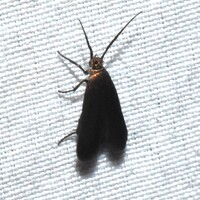
| Recorded by: Jeff Niznik, David George, Kaitlyn Elliott on 2025-05-08
Cumberland Co.
Comment: | 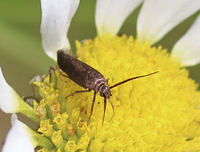
| Recorded by: John Petranka on 2023-06-03
Orange Co.
Comment: |
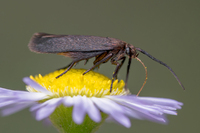
| Recorded by: Mark Shields on 2023-05-23
Onslow Co.
Comment: | 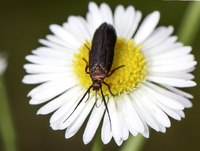
| Recorded by: John Petranka on 2023-05-23
Orange Co.
Comment: |
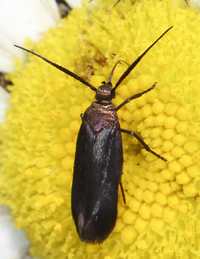
| Recorded by: John Petranka on 2023-05-21
Orange Co.
Comment: | 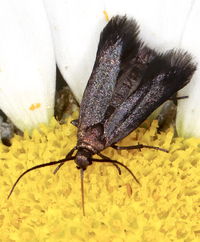
| Recorded by: John Petranka on 2023-05-21
Orange Co.
Comment: |
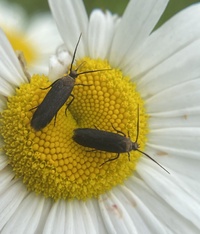
| Recorded by: David George on 2023-05-15
Alamance Co.
Comment: | 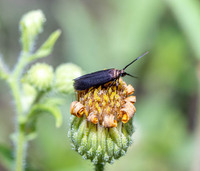
| Recorded by: Stephen Hall, Bo Sullivan, and Jim Petranka on 2022-08-29
Moore Co.
Comment: |
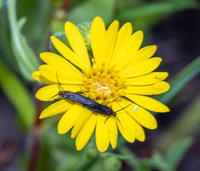
| Recorded by: Stephen Hall, Bo Sullivan, and Jim Petranka on 2022-08-29
Moore Co.
Comment: | 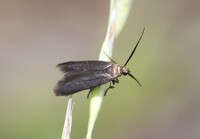
| Recorded by: Rob Van Epps on 2022-05-24
Mecklenburg Co.
Comment: |
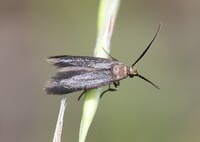
| Recorded by: Rob Van Epps on 2022-05-24
Mecklenburg Co.
Comment: | 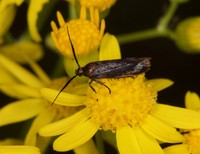
| Recorded by: Jim Petranka, Bo Sullivan and Steve Hall on 2021-05-10
Moore Co.
Comment: |
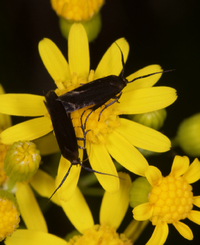
| Recorded by: Jim Petranka, Bo Sullivan and Steve Hall on 2021-05-10
Moore Co.
Comment: | 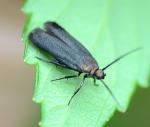
| Recorded by: B. Bockhahn, P. Scharf, L. Amos on 2015-05-12
Warren Co.
Comment: |

| Recorded by: Kyle Kittelberger on 2014-06-04
Moore Co.
Comment: |

 »
»




 »
»


